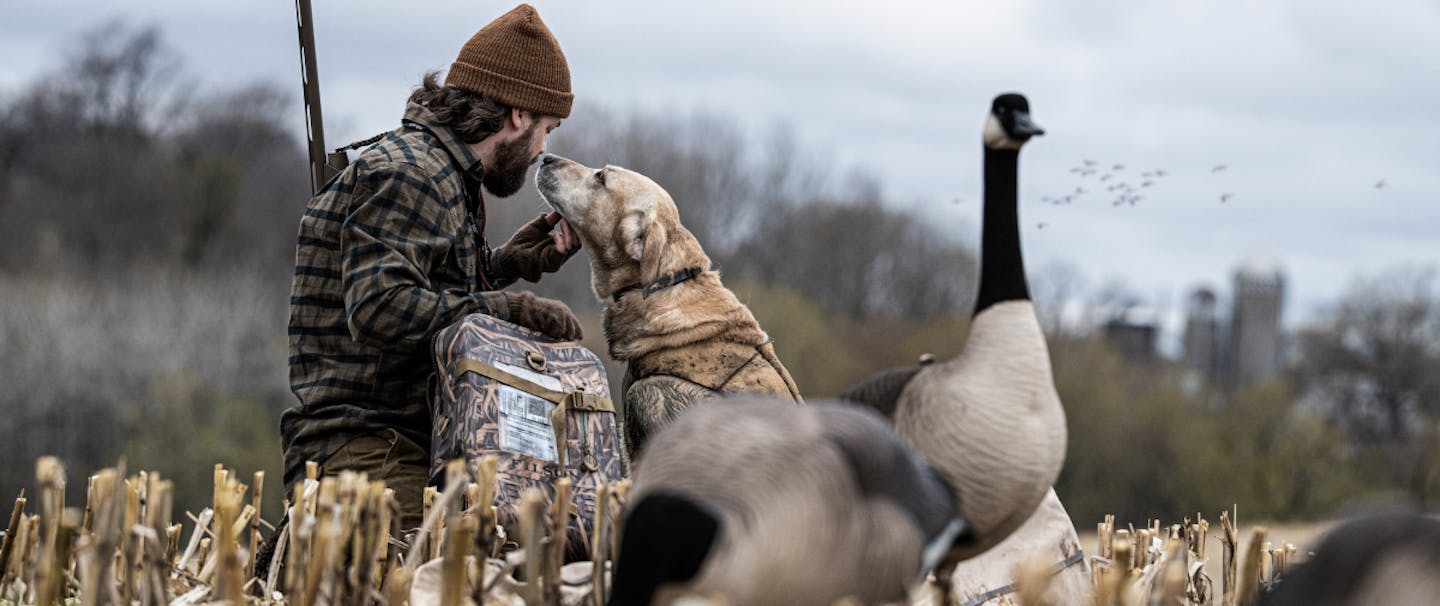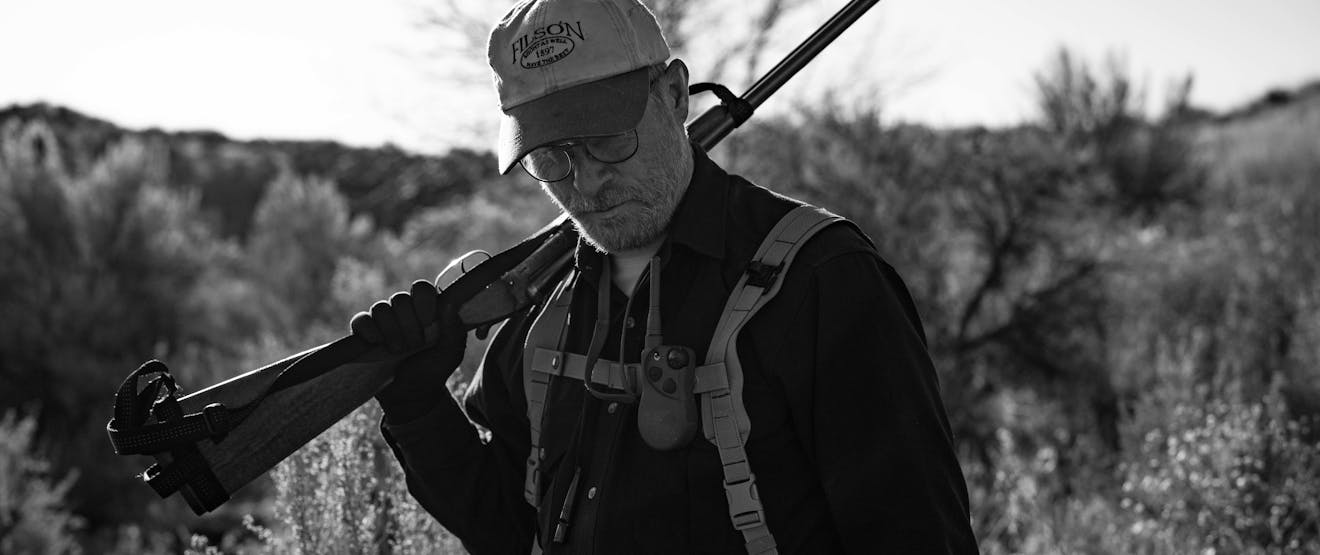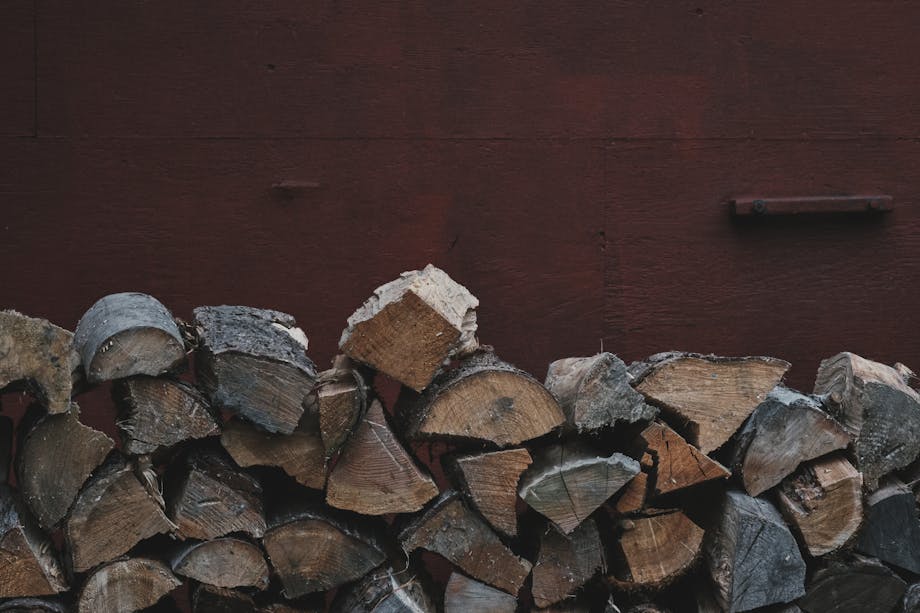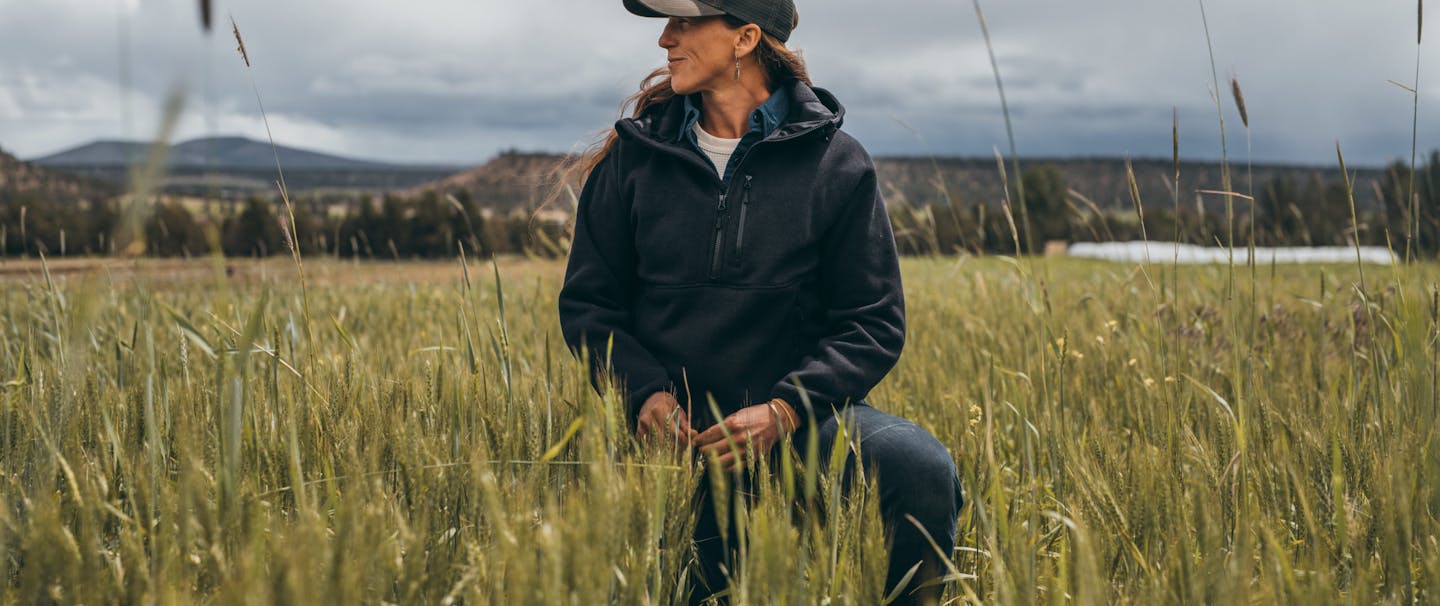ACROSS THE GREAT PLAINS REGION STRETCHES A VAST NETWORK OF PROTECTED GRASSLANDS AND WETLANDS, FROM THE NEVER-ENDING GRAIN FIELDS OF KANSAS AND NEBRASKA TO THE DUSTY PRAIRIE POTHOLE REGIONS OF THE DAKOTAS AND MONTANA. THESE CRUCIAL ECOSYSTEMS TEEM WITH WILDFLOWERS AND TALL SWAYING GRASSES, WHILE CATTAILS AND BULRUSHES RUSTLE NEXT TO QUIET PONDS, AND THROUGHOUT IT ALL UNTOLD NUMBERS OF INSECTS AND SMALL ANIMALS THRIVE. OVERHEAD, ALL MANNER OF BIRDS SOAR, OFTEN STOPPING HERE DURING THEIR CRUCIAL SUMMER AND WINTER MIGRATION PERIODS TO REST AND RAISE NEW FAMILIES. BUT HERE IS THE REALLY INTERESTING PART OF THIS STORY: ALMOST ALL OF THIS LAND IS PRIVATELY OWNED, AND IF IT WEREN’T FOR HUNTERS, FARMERS, AND RANCHERS, NONE OF IT WOULD PROBABLY BE HERE.
In 1937, a small group of concerned men met in a room in Winnipeg, Canada. Their goal that day was to create four avian flyways across North America to reverse the devastating damage that had been wreaked upon the continent after years of poor land management practices that culminated in the Great Dustbowl of the 1930s. They left that meeting with a renewed sense of optimism and a mission: to restore the destruction that had been done and help an animal they all loved. They called themselves Ducks Unlimited, and we are still benefitting from their decisions today.

their mission: to restore the destruction that had been done and help an animal they all loved. They called themselves Ducks Unlimited
One of the main beneficiaries of their efforts over the last few decades has been small- to medium-sized family-owned farms and ranches. “We like to work with family-owned operations,” says Ryan Taylor of Ducks Unlimited. “They’re stewarding the land and caring for their resources. They embrace the idea of diversity in agriculture, the idea that in many parts of the country, some kind of mix of crops and cattle and conservation works really well.”
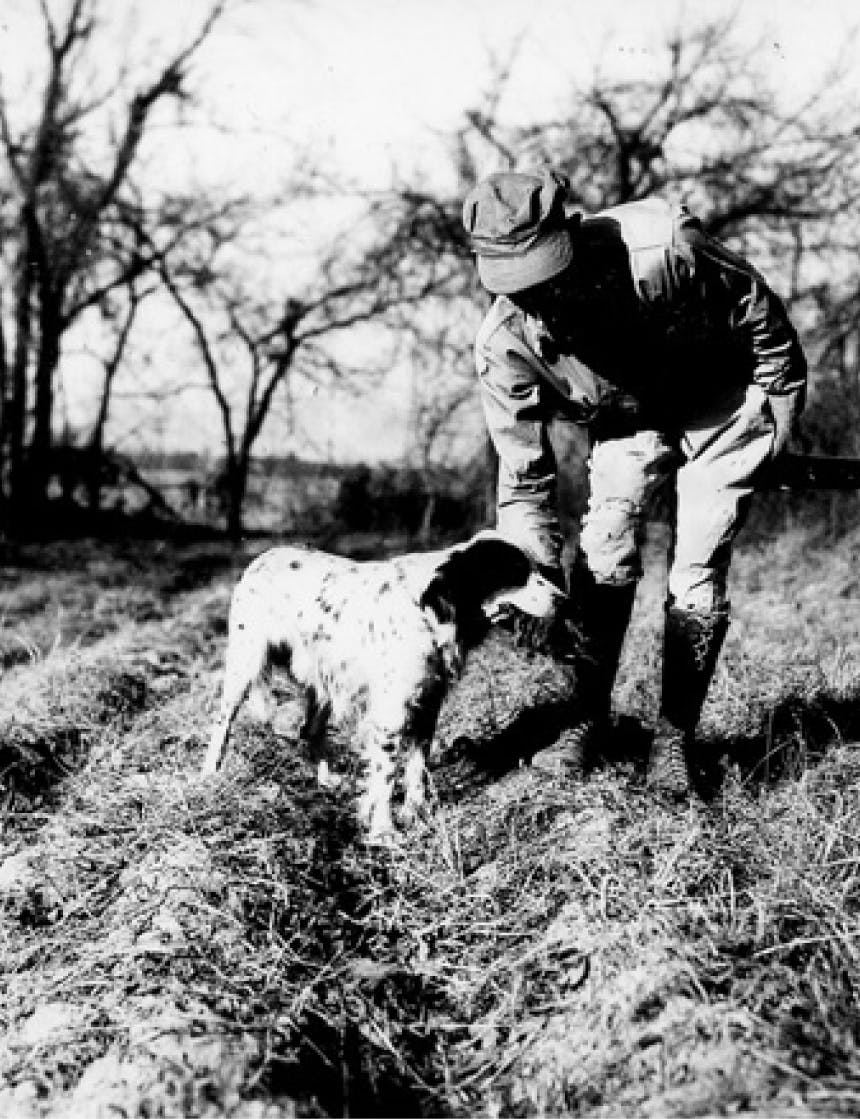

Ducks Unlimited helps farm and ranch operations implement short- and long-term voluntary conservation practices that make sense for both agriculture and waterfowl habitat—things like fences and water for rotational livestock grazing and beneficial cover crops on producing cropland. They also help landowners understand the value of creating voluntary easements between themselves and the US Fish and Wildlife Service. The farmer/rancher receives a one-time payment not to drain a wetland or not to plow a grassland under for perpetuity. They can then invest that money into other aspects of their business where it can do good, while also retaining natural habitats crucial to ducks and other bird species. Ducks Unlimited also works to share the importance of preserving ecosystems both for the good of wildlife and for farmers’ bottom lines.
The results can be impressive. “My land went from looking pretty barren, with only a few coyotes roaming across it, to being transformed,” says Cole Johnson, a first-generation farmer in North Dakota. “I have huge fields of grasses teeming with ducks nesting that I let my cattle naturally graze in on a rotating basis. My neighbors think I am nuts, but my profits are better than ever.”
By encouraging farms and ranches to plant cover crops (grasses, radishes, turnips, sorghum, millet, and other species) that allow their soil to naturally regenerate, Ducks Unlimited is stopping the practice of deep tilling soil that in many places is only a few inches thick lying over gravel and rock. The crops act as carbon sinks to help with the environment and decrease runoff into local streams and rivers. The protected wetlands act as filters to clean water, lessen the damage caused by periods of drought, and act as oases for all manner of wildlife, not just birds.
“I have huge fields of grasses teeming with ducks nesting that I let my cattle naturally graze in on a rotating basis. My neighbors think I am nuts, but my profits are better than ever.”
Over the years, hunters have been passionate conservationists. They often are intimately involved with the wildlands that surround them as they spend time in them. For years, a majority of the dollars that have been spent on hunting permits, duck stamps, and fishing licenses have gone toward protecting the very environments these animals live in. Just last year, they teamed up with environmentalists to help shepherd the Great American Outdoors Act through Congress. Sometimes, the unlikeliest of allies join together.
“It’s pretty simple: if you take care of the land it will take care of you.”
So it only makes sense that farmers and ranchers have quietly created one of the largest reserves of protected lands in the nation, lands that are privately owned, producing food for people and habitat for wildlife, and providing broad public benefits of valuable ecosystem services like clean water and carbon sequestration. Farmers and ranchers spend their days outdoors, soaking up the beauty of these solitary areas on our planet. Their profession can be a tough one, one that is prone to ups and downs. But through it all they have persevered, and they recognize that the soil under their feet is precious. “We have been able to increase all of our operation and profits,” says Johnson. “It’s pretty simple: if you take care of the land it will take care of you.”
